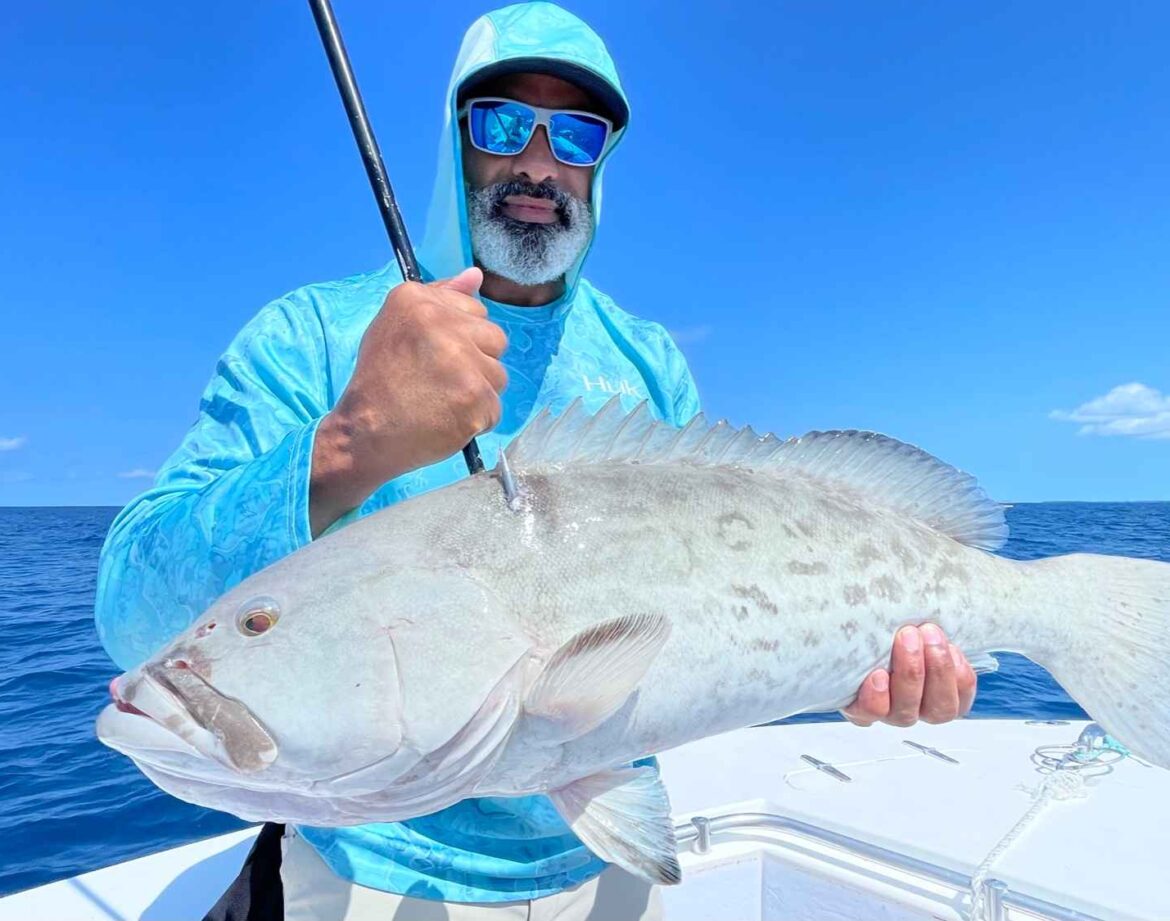Do Fish Have Ears?
Introduction
Fish are fascinating creatures with adaptations that allow them to thrive underwater. One intriguing question often asked by enthusiasts is whether fish have ears and how they perceive sound. Understanding how fish hear not only satisfies curiosity but also provides insights into their behavior, aiding both anglers and marine biologists in their endeavors.
How Fish Hear
The Inner Ear
Fish possess inner ears equipped with otoliths, or ear stones, which detect vibrations and sound waves. These structures function similarly to the inner ears of humans, helping fish maintain balance and orientation while also processing sound.
The Lateral Line
In addition to their inner ears, fish rely on a lateral line system—a sensory organ running along their bodies. This system detects changes in water pressure and movement, allowing fish to sense nearby objects, predators, and prey. The lateral line is especially useful in murky waters where visibility is limited.
How Sound Travels Underwater
Water is an excellent medium for sound transmission, as it allows sound waves to travel faster and farther than in air. Fish have adapted to this environment by developing highly sensitive hearing mechanisms that pick up even the faintest vibrations.
Comparison to Human Hearing
Key Differences
Unlike humans, fish lack external ears. Instead, their inner ears are located within their skulls, surrounded by fluid that aids in sound detection. This setup eliminates the need for external structures, as water efficiently conducts sound directly to their sensory organs.
Adaptations for Underwater Living
While humans rely on air conduction and the outer ear to funnel sound, fish depend on their unique anatomy to interpret a range of underwater sounds. These adaptations enable them to detect everything from the approach of predators to the calls of potential mates.
Interesting Facts
Sensitivity to Vibrations
Fish are incredibly sensitive to vibrations. This ability helps them detect the movements of predators, prey, and even fishing lures. Anglers can use this knowledge to choose lures that mimic natural prey movements.
Sound for Communication
Many fish species use sounds to communicate. Drumming, grunting, or chirping noises are often employed to attract mates, establish territories, or signal distress. Understanding these sounds can help anglers identify active fishing spots.
Role in Navigation
Fish also use sound to navigate their environments. By interpreting ambient noises, such as the flow of water or the calls of other animals, they can locate feeding grounds, shelter, or migration routes.
Implications for Anglers
Improving Strategies
Understanding how fish hear can enhance fishing strategies. For example, using quiet approaches and minimizing boat noise can prevent scaring fish away. Additionally, selecting lures that produce natural vibrations increases the likelihood of attracting bites.
Minimizing Noise Pollution
Human activities, such as boating and industrial operations, contribute to underwater noise pollution. Excessive noise can disrupt fish communication, navigation, and feeding behaviors. Anglers and conservationists can advocate for quieter technologies to protect aquatic ecosystems.
Conservation Considerations
Protecting Hearing Sensitivity
Preserving natural soundscapes is crucial for the well-being of fish populations. Limiting activities that generate disruptive noise can help maintain healthy aquatic environments.
Educating the Public
Raising awareness about how fish perceive sound fosters a greater appreciation for these creatures and their habitats. By understanding their sensory world, people are more likely to support conservation efforts.
Conclusion
The question of whether fish have ears opens a window into their remarkable sensory adaptations. By exploring how fish hear and interact with their environments, we gain a deeper appreciation for the complexity of aquatic life. This knowledge not only enhances fishing techniques but also underscores the importance of preserving underwater ecosystems for future generations.
Feel free to ask any questions you might have about anything you read in this blog.
We started Reel Guides to make it easy to book fishing trips around the United States.
Click here to browse and book your next fishing charter in Florida!
Readers can benefit from a special promotion code from Mustad Fishing.
Use promo code REELGUIDES for an additional 20% off your next order at www.mustad-fishing.com.


